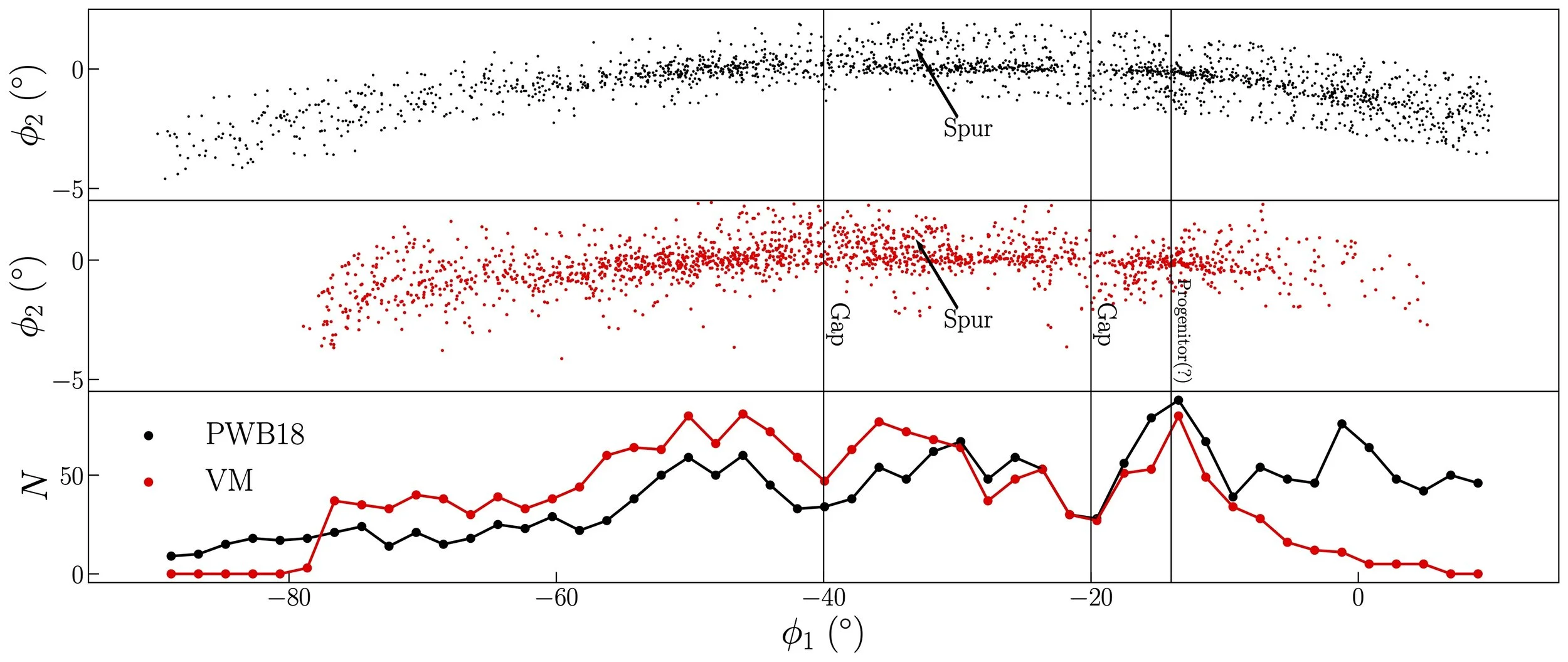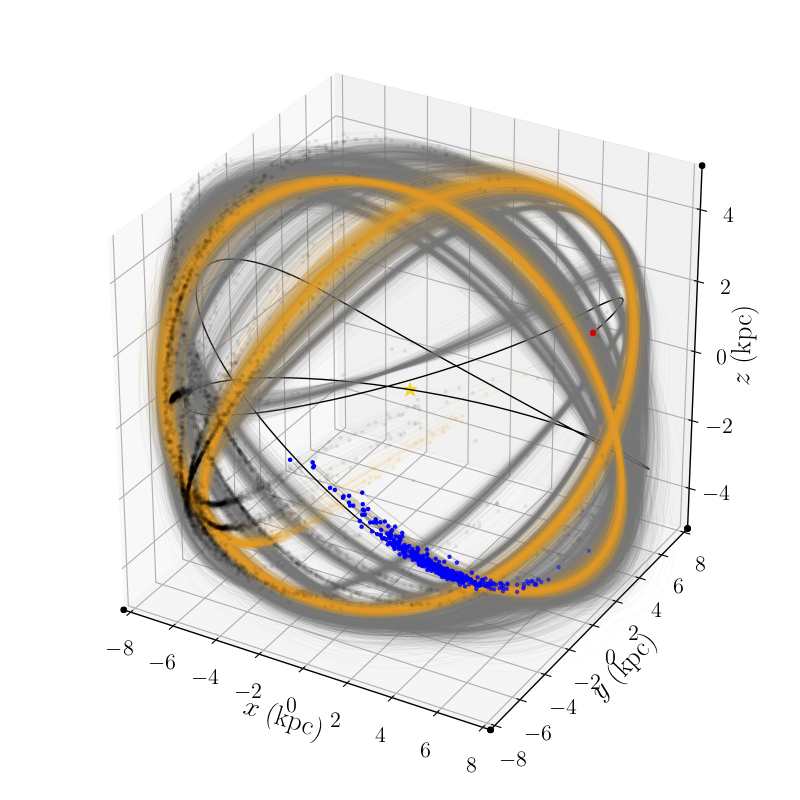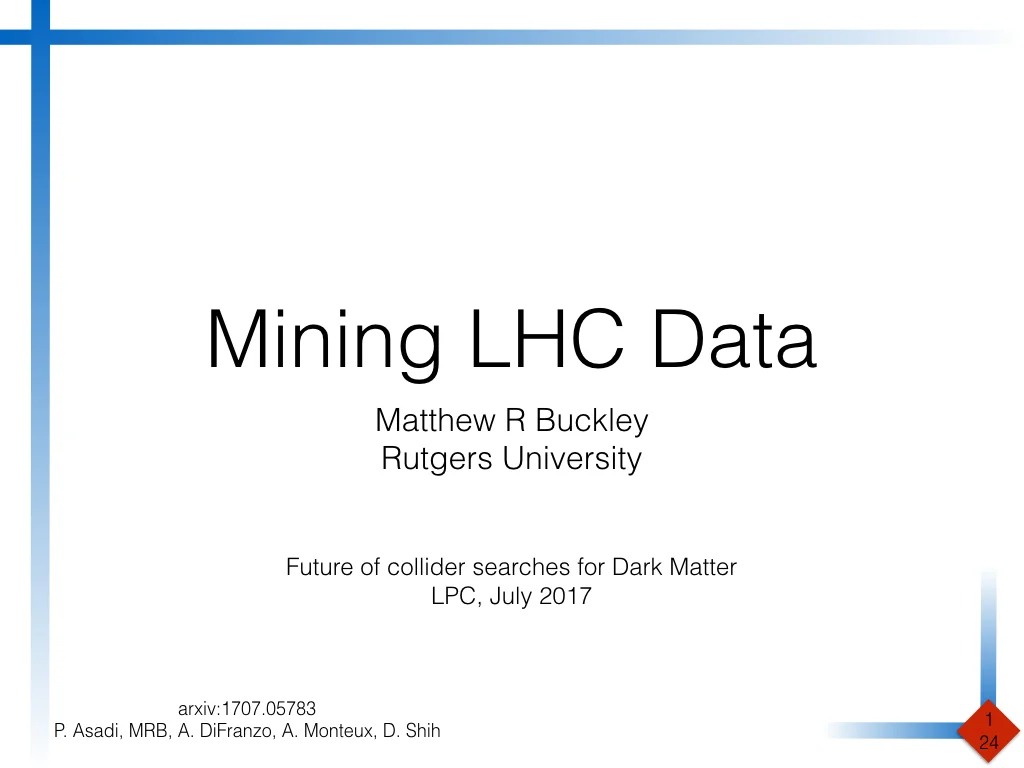Today, along with about 230 other academics from New Jersey universities, both public and private, I sent a letter to the Senators of New Jersey (Andy Kim and Cory Booker) about the threats to scientific research and higher education that are occurring within the state and the nation as a whole. You can read that letter here.
Academia has been facing problems and issues for a long time. Chief among those is the increasing cost of a college education for our students. There are also a litany of other problems, ranging from the reduction of full time teaching staff to failing physical infrastructure, to a long-term steady decrease in support for the research and scholarship at our universities. But, unfortunately, this letter isn’t about that.
In the last two months, the new federal administration has launched a broad-based and unprecedented attack on the foundations of our universities, and on research itself.
As a bit of background: in terms of scholarship, the American university system is one of the great national successes. While the average person may think of “good schools” in America and think of places like Harvard and Stanford, in terms of research quality, the US has an embarrassment of riches. Places like U Michigan, U Wisconsin, The Ohio State University, and our own Rutgers University are world-class at what we do. The United States achieved that through a set of deliberate choices (and a bit of historical contingency), and not only has it been an incredible source of scientific and scholarly discovery, it has made our nation and the world better off. And, while this isn’t for me the reason we do scholarship, to put in terms that hard-nosed national security people might appreciate, the US higher ed system has been a tremendous source of soft power. People from around the world come here because we have excellent universities, and whether they stay here to do their scholarship or leave, the US has been enriched by their presence and their abilities, and we have displayed the best that this country has to offer.
All that is being systematically dismantled, through cuts to the National Science Foundation, the National Institutes of Health, unilateral changes to the federal funding structure of universities, demands that universities restrict the human rights of LGBTQ people, and the shameful closing of America’s doors to immigrants. Much has already been lost, and much more is threatened.
We academics in New Jersey wrote to our Senators to make the value of the universities to our state and our country clear, and to lay out the threats. We ask that our Senators use every tool at their disposal to defend education. Congress cannot conduct business as usual while the rule of law is under assault. We are asking the Senators to respond with the urgency and determination that the moment demands.
But I also know that this not going to be solved solely by legislation. We, all of us, need to be involved and vocal. I know its a scary time, and I know speaking up is hard. The universities and the nation were not perfect before, and defeating these threats will not make them perfect in the future. But I think we can protect what is good, and when that is done, we will keep going and make it better.


















